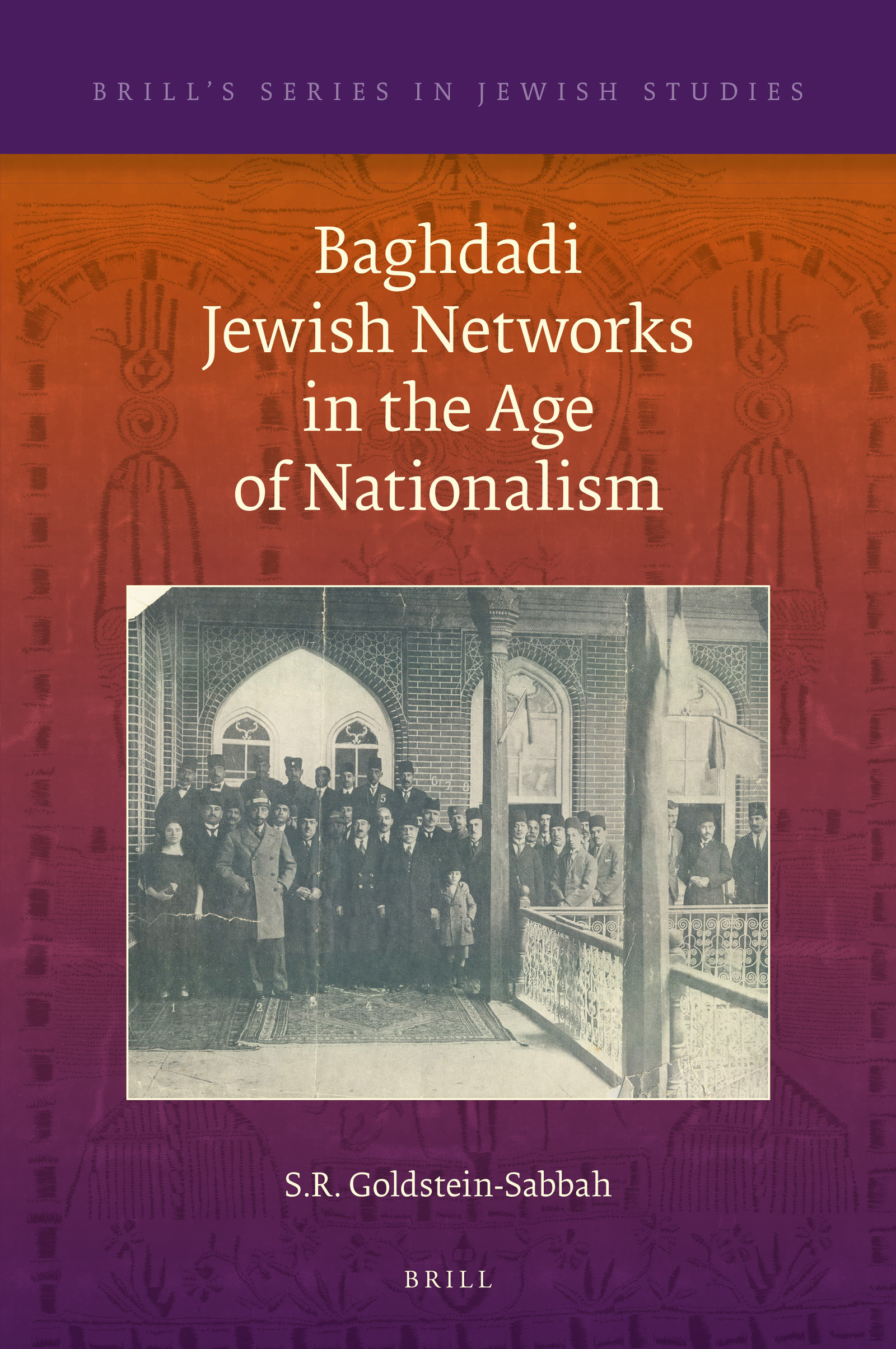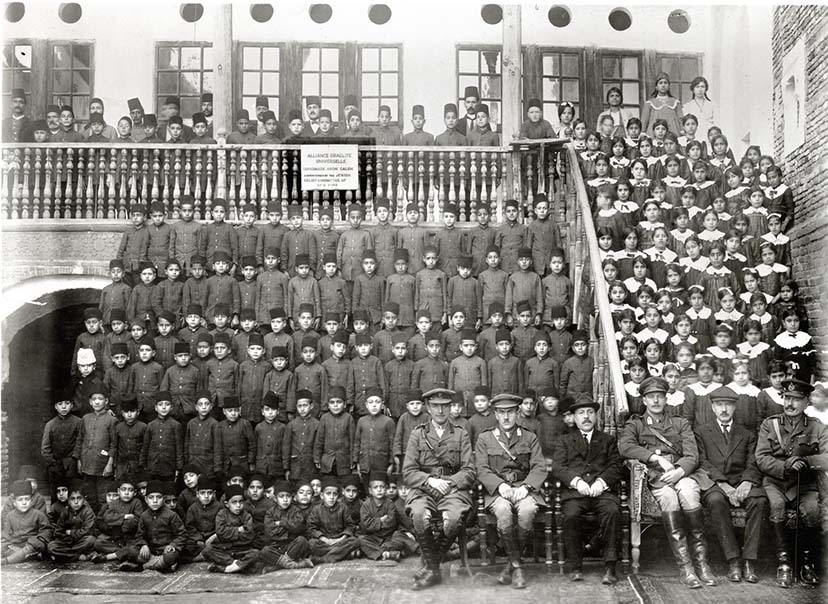
Book Review: Baghdadi Jewish Networks in the Age of Nationalism
How Iraqi Jews interacted with global Jewry
Baghadi Jewish Networks in the Age of Nationalism by Dr. Sasha Goldstein-Sabbah, an Assistant Professor at the University of Groningen in the Netherlands, is a study of the diverse Jewish transnational networks of Iraqi Jews. The book looks at the diverse ways Iraqi Jews interacted and collaborated with Jews outside Iraq from the mid-nineteenth century to their exodus from Iraq between 1948 and 1950.
Beginning in the 19th century, Iraqi Jews, in the hope of greater economic opportunities, moved to the Indian subcontinent and East Asia, where they formed what Dr. Goldstein-Sabbah calls “satellite communities”. The satellite communities remained tied to the Jewish community of Baghdad by family, cultural, and economic connections. This relationship was further solidified by the financial aid that the satellite communities were providing to the Jewish community of Baghdad. All strata of Baghdadi Jews abroad provided assistance to their brethren in Iraq. The more modest families sent monetary remittances to their relatives, while members of the middle class contributed annual subscriptions to the charitable organizations present in Baghdad. The wealthiest Baghdadi Jews abroad, such as the Kadoorie and Sassoon families, played a key role in the development of Baghdadi Jewish infrastructure by building schools, hospitals, and synagogues, and by funding endowments for the community. Through the Jewish press that was published in the satellite communities, private correspondence and travel, the Jews of Baghdad were aware of the modernization of a portion of the Baghdadi Jewish communities abroad. They saw Baghdadi Jews abroad send their children to European schools, work for European companies and open up to Western norms of daily life, even before this process of modernization occurred in Baghdad itself.
Parallel to the formation of these satellite communities, the emergence of a Jewish transnational solidarity movement also affected the Jewish community of Iraq. The main foreign Jewish philanthropic organizations that were active in Baghdad were the French Alliance Israélite Universelle (AIU), the English Anglo-Jewish Association (AJA), and the American Jewish Joint Distribution Committee (JDC). The AIU and the AJA subsidized schools in Baghdad and arranged for the travel of foreign teachers and administrators to Baghdad to work there. In addition, the AJA acted as a liaison for the Jewish community to both the British and Iraqi governments during the British Mandate.
The Jewish communal leadership of Baghdad sought cooperation with these foreign Jewish organizations. Donations and grants from foreign organizations and from wealthy Iraqi Jews residing outside of Iraq made possible the development of communal infrastructure, which led to the improvement of the socioeconomic status of the Jewish community in Iraq. The book succeeds in demonstrating the interconnectivity between these different actors: the communal leaders in Baghdad, the satellite communities, and the foreign organizations. Particularly interesting is the book’s insight into the interconnectivity between the Jewish community in the satellite communities, and the Jewish philanthropic organizations. Hence, the two schools maintained by the AIU in the pre-Mandate period, the Albert Sassoon School for Boys and the Laura Kadoorie School for Girls, were named after wealthy Eastern Baghdadi benefactors who had donated the land and set up endowments that covered part of the schools’ costs.
Dr. Sabbah-Goldstein notes that JDC’s role in Iraq in the 1920s was different from that of the AIU and the AJC, as it supported orphans and poor students in Jewish schools. JDC’s assistance declined in the 1930s as a result of the Great Depression and the increasing desperate situation of Jews in Europe. The 1940s marked a turning point. JDC provided substantial financial aid to the Jewish community of Iraq after the Farhud, the 1941 anti-Jewish riots in Baghdad that left 181 Jews dead and millions of dollars in damage to Jewish businesses. Between 1948 and 1951, JDC helped thousands of Jews to leave Iraq, financing their emigration, the transit camps in Iran, and the airlifts to Israel.
Baghadi Jewish Networks in the Age of Nationalism will be of particular interest to those wanting to learn the ways in which Jewish groups in the Middle East engaged with the greater Jewish world, while remaining active in their local societies.





